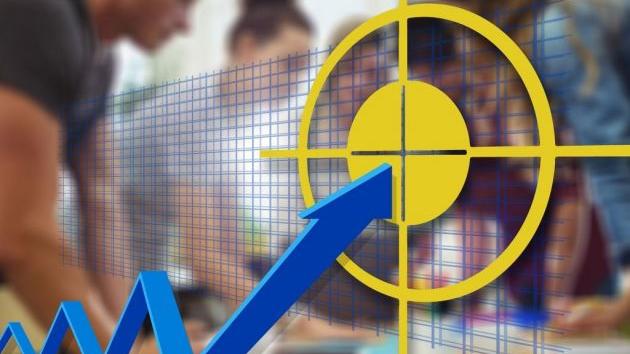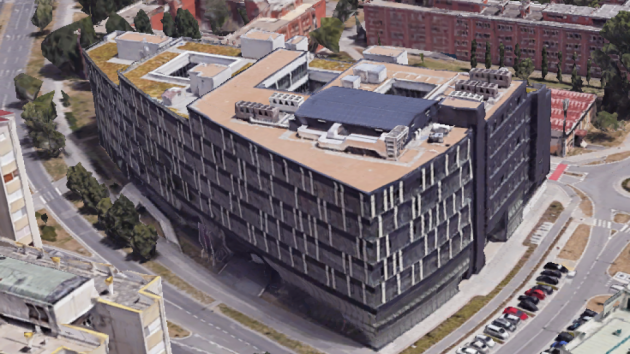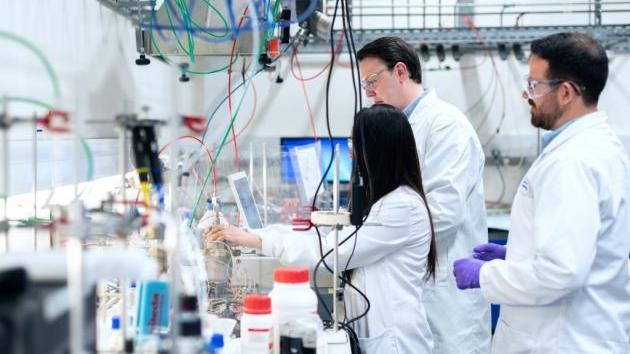Through Incentives for Attracting Talents to Annual Savings of EUR 8,000
 Tuesday, 16.03.2021.
Tuesday, 16.03.2021.
 14:50
14:50

In order for the employers in Serbia to get highly educated workforce and enable the development of innovative economy, the Government of Serbia has adopted two key incentives which pertain to tax exemptions and enabling good starting positions for developing ideas, says tax expert and one of the authors of the incentives Svetislav Kostic.
The two key incentives pertain to a reduction of the taxes and contributions on the employment of returnees and foreigners over a five-year period, as well as the exemption from taxes and contributions for startup founders for a period of three years.
In designing the incentives for attracting talents, Serbia was influenced by Dutch solutions.
At the online workshop where he presented the two key incentives, Kostic said that, from the perspective of attracting workforce, the Netherlands was not in an enviable position, being surrounded by three dominant markets, each one stronger than it when it comes to attracting talents.
He said that the Dutch economy therefore needed to compete for talented workforce against three competitors – France, Great Britain and Germany.
Relying on Dutch solutions that other countries with similar problems made use of, according to Kostic, Serbia came up with an incentive for returnees and foreigners, which also includes employees in multinational companies.
In order to enable Serbian employers to attract the workforce they can’t find in the Serbian market and contribute to the improvement of the demographic situation, according to Kostic, the incentives are directed at helping people under 40, who are studying or working abroad, to make the decision to return to Serbia.
As he says, this is enabled through the envisaged mechanisms of reducing the taxes and contributions for employing returnees and foreigners, which enables employers to offer the biggest salaries possible, at a lower cost.
He said that the incentive was limited to salary taxes and that it didn’t apply to annual personal income tax.
A relatively negative side of this incentive, Kostic says, is that, throughout the period of the validity of this incentive of five years from the signing of the first permanent employment contract, the principal amount for the old-age pension is calculated for slightly over RSD 70,000, and not for the entire salary.
The second incentive has to do with founders of innovative startups and applies only to newly founded business entities younger than three years.
Kostic says that people who have a good idea for developing an app, a video game or a patent, as well as the knowledge to do so, can found a business entity, provided that they have at least a 5% stake in the ownership individually and that they find a financier who will invest 55% capital in that company.
The founders who are employed at that company can be exempt from tax and contribution payments for three years, under the condition that they are active in an innovative field and that their annual income does not exceed half a billion dinars.
Kostic specified that tax and contribution exemptions pertain to gross monthly salaries of up to RSD 150,000, with a mandatory employment contract and application for mandatory social insurance and the condition that the company must not be related to another legal entity.
If the employer is the founder of several business entities, they can benefit from this incentive in one company only and cannot use other subsidies for self-employment in case they are using this incentive.
He explains that such employers are fully exempt from paying taxes and contributions and that the state takes upon itself to pay the contributions, but only on the minimal principal amount.
– The old-age pension and social insurance rights will be calculated relative to the lowest monthly principal amount, which will affect the height of the old-age pension – Krstic said.
Naš izbor
Most Important News
06.04.2024. | Agriculture
Preconditions for Placement of Fresh Blueberries and Dried Plums in Chinese Market Secured

16.04.2024. | News
Jovan Ciric, Leasing Director Retail MPC Properties – MPC Echo symbolizes our desire for good ideas and innovative endeavors to spread freely and bring about positive changes

16.04.2024. | News
10.04.2024. | Finance, IT, Telecommunications, Tourism, Sports, Culture
Creative Industry – What This Serbian Economy Sector Worth EUR 2 Billion Encompasses

10.04.2024. | Finance, IT, Telecommunications, Tourism, Sports, Culture
24.04.2024. | Construction, Healthcare
Price of construction of Tirsova 2 increases to EUR 141.6 million – Contract awarded to consortium of 10 companies

24.04.2024. | Construction, Healthcare
16.04.2024. | News
Economy Fair in Mostar opens – 26 companies from Serbia exhibiting

16.04.2024. | News
24.04.2024. | Construction, Transport
Dates of publishing of tenders for construction of three sections of fast railroad from Belgrade to Nis known

24.04.2024. | Construction, Transport


 Izdanje Srbija
Izdanje Srbija Serbische Ausgabe
Serbische Ausgabe Izdanje BiH
Izdanje BiH Izdanje Crna Gora
Izdanje Crna Gora


 News
News











